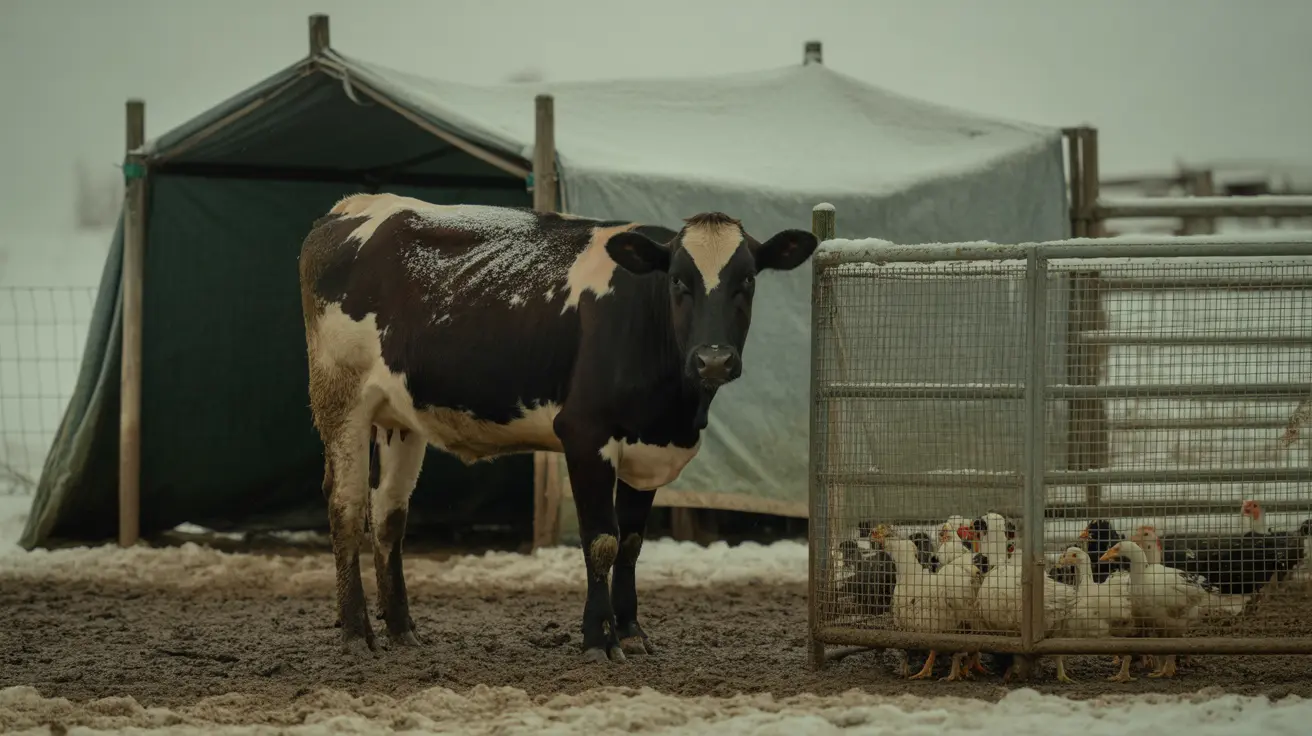Why Chocolate Is the Deadliest Food for Dogs
Pet owners often show love to their dogs by sharing a bite of their favorite foods. While some human snacks are harmless or even beneficial for dogs in moderation, chocolate tops the list of foods that should never be fed to dogs. In this article, we delve deep into why chocolate is the most dangerous food for dogs, how it affects them, and what you should do if your dog consumes chocolate.
The Danger Behind Chocolate
Chocolate is made from cacao beans, which contain theobromine and caffeine—both substances belong to a group of chemicals called methylxanthines. While humans can metabolize these compounds quickly, dogs process them much more slowly, making them especially susceptible to poisoning.
Why Theobromine Is Toxic
- Slow metabolism in dogs: Theobromine remains in a dog's system far longer than in humans.
- Affects major organs: It overstimulates the nervous system and heart, and can lead to vomiting, diarrhea, seizures, or death.
- Varies by chocolate type: Darker chocolates contain more theobromine. For example, baking chocolate has the highest concentration, while white chocolate has the least.
Symptoms of Chocolate Poisoning
Watch for the following signs if you suspect your dog has ingested chocolate:
- Vomiting and diarrhea
- Restlessness or hyperactivity
- Increased heart rate
- Tremors or seizures
- In extreme cases, coma or death
What to Do if Your Dog Eats Chocolate
If you suspect your dog has consumed chocolate, act quickly:
- Call your vet immediately.
- Provide details: Inform them about the type and amount of chocolate consumed and your dog’s weight.
- Follow instructions carefully—your vet might induce vomiting or administer activated charcoal to limit absorption.
- Monitor your pet closely for 24–48 hours.
Preventing Chocolate Poisoning
Prevention is the best cure. Follow these safety tips:
- Store chocolate out of reach in closed cabinets.
- Educate children and guests not to offer chocolate to pets.
- Be cautious during holidays like Halloween, Christmas, and Valentine’s Day when chocolate is plentiful.
Other Dangerous Foods to Watch Out For
While chocolate is the deadliest, there are other foods that are also harmful to dogs, including:
- Grapes and raisins
- Onions and garlic
- Alcohol
- Xylitol (a sugar substitute found in gum and baked goods)
- Avocados
Safe Alternatives for Treats
If you want to treat your dog, consider these safe options:
- Carrot sticks
- Apples (without seeds)
- Cooked lean meats
- Blueberries
- Peanut butter (xylitol-free)
Conclusion
Feeding your dog chocolate can be life-threatening. With knowledge and care, these situations can be entirely avoided. Understanding the risks and taking the necessary precautions ensures that your furry friend stays safe and healthy, while still enjoying treats designed specifically for canine consumption.





